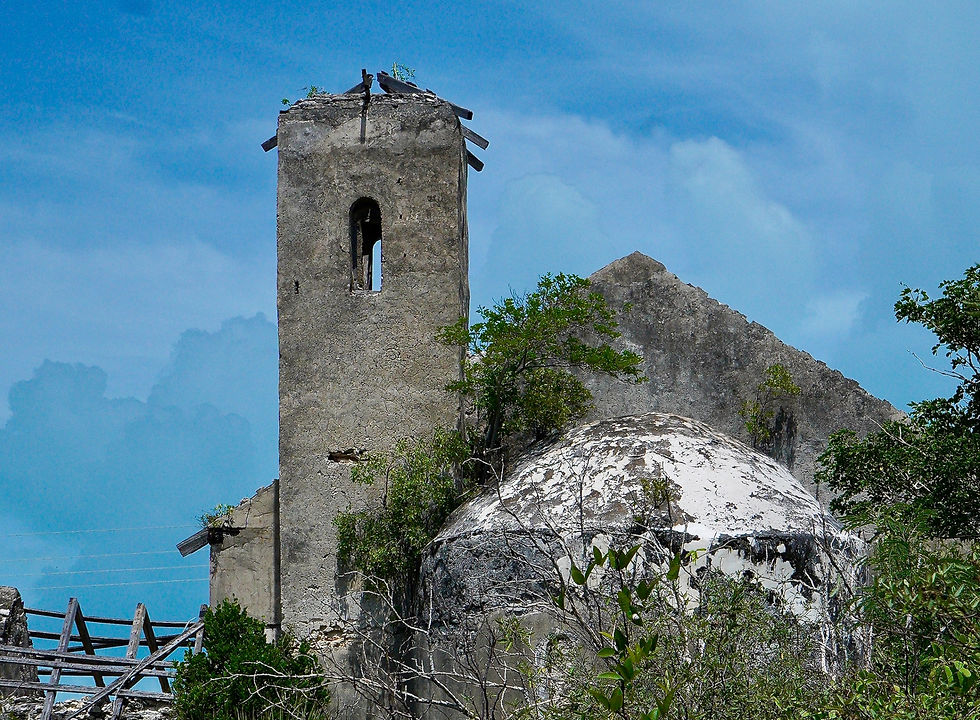Title
Settlement
Text
Land Grant Number
Acres
Date
Text
Text
Text
Give a brief description of the inhabitant. The man. The legend. Do we know any significant details about these guys? If yes, great! Include that here. If not, then this can just be ignored.

Settlement
Taits, McKenzie Hill, Morrisville, Dunmore
Grants
D-55 (5000 acres, 27 Jun 1788)
Lord John Murray, Earl of Dunmore. Origin: Other
John Murray was born in 1730 in Taymouth, Scotland, the eldest son of William Murray, 3rd Earl of Dunmore. William had joined the Jacobite army in the ill-fated “Rising of Bonnie Prince Charles” against the British Crown, and he was imprisoned in the Tower of London from 1746-1750. Likely in an attempt to make amends with King George II, John Murray then joined the British Army in 1750, and became the 4th Earl of Dunmore after his father’s death in 1756.
Dunmore married Lady Charlotte, daughter of Alexander Stewart, 6th Earl of Galloway in 1759. Lord Dunmore was sent to New York the following year as the governor of New York. He was then appointed to serve as the royal governor of the Colony of Virginia on 25 September 1771. Amongst many other things, Dunmore is noted for “Dunmore’s Proclamation,” issued on 7 November 1775, which offered freedom to slaves who abandoned their Patriot masters to join the British. He organized Black Loyalists into his Ethiopian Regiment. Following defeat in 1775 at the Battle of Great Bridge, Dunmore loaded his troops and many Virginia Loyalists onto British ships. He then retreated to New York, from whence some of his refugee fleet went south (mostly to East Florida). Dunmore returned to Britain in July 1776, where he remained until 1787.
From 1787 to 1796 Lord Dunmore, a cousin of British King George III, served as the governor of the Bahamas. During his tenure, the British issued land grants to American Loyalists in exile, as well as to Old Inhabitants. Charles Chambers, agent to the Bahamas, provided evidence of Dunmore’s corruption, listing assault, corruption, keeping mistresses, misspending government funds, irregularities in granting land, illegalities in closing courts, quarrels with the Assembly and Council. He was replaced as governor in 1796, returned to Great Britain, and died on 25 February 1809 in Ramsgate in Kent.
In addition to issuing to himself significant land grants on other Bahamian islands, Lord Dunmore granted himself 5,000 acres on southern Long Island in the current area of Tait’s/McKenzie’s/ Morrisville/Dunmore’s on 27 June 1788. The ruins of his plantation may be seen near the current settlement of Dunmores in various locations.
References: HB, Craton